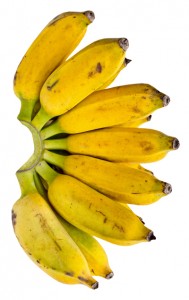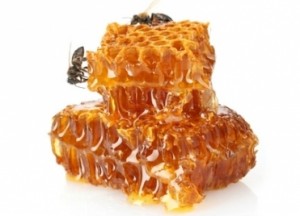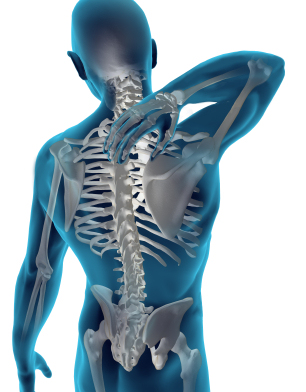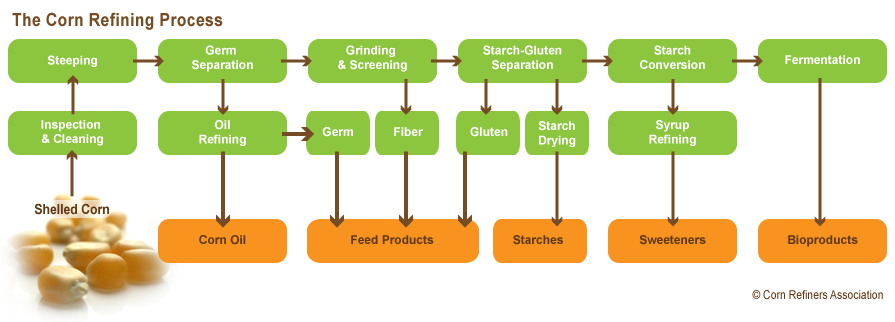 Whilst it may be true that an apple a day helps to keep the doctor away, the old adage should perhaps first have considered the benefits of bananas. They have a range of health benefits that outweigh their apply counterparts that include more vitamins and nutrients. Following are the 18 health benefits of bananas you may not know about, that will also help you lose weight.
Whilst it may be true that an apple a day helps to keep the doctor away, the old adage should perhaps first have considered the benefits of bananas. They have a range of health benefits that outweigh their apply counterparts that include more vitamins and nutrients. Following are the 18 health benefits of bananas you may not know about, that will also help you lose weight.
1. Natural Energy Booster
The average banana contains about 110 calories, so it makes a great portable snack on the run. or during that midday lull when you feel tired and sluggish. So next time, instead of drinking caffeine or having a sugary snack, grab a banana to get an energy boost that lasts longer without the dramatic crash caused by caffeine or sugar.
2. Potassium Power
Potassium is an essential electrolyte that maintains fluid balances, assists with muscle function and the transmission of nerve impulses. For weight loss it’s also involved in carbohydrate and protein metabolism. Bananas are rich in potassium which also helps the body’s circulatory system deliver oxygen to the brain which is vital for optimal organ function, reducing strokes and regulating blood pressure and circulatory health. An average banana contains about 450 mg of potassium, or about 10% of your daily requirements.
3. Iron Awe
Iron is a necessary trace element found in nearly all living organisms, and in humans low levels can lead to anaemia, fatigue, memory loss and poor immunity. In weight loss it’s important to keep your iron levels up. Bananas also have a modest source of iron to help promote hemoglobin production so your blood can clot faster in case of a cut or serious injury. An average banana contains about 0.4 mg of iron, or about 5% of your minimum daily requirements.
4. Vitamin C Champion
Vitamin C is a powerful anti-oxidant and essential nutrient used for metabolic reactions and to lessen oxidative stress. It’s also a natural antihistamine, it supports your immune system and is used to make collagen. Low levels of Vitamin C can lead to scurvy and difficulty losing weight. With an average banana containing around 10.3 mg of vitamin C (ascorbic acid), or 15% of your minimum daily requirements, it also helps to effectively absorb the non-heme iron in fruits and vegetables as it contains properties that reduce ferric iron to a form the body more easily absorbs.
5. Vitamin B-6 Baby
Vitamin B-6 is your weight loss buddy as it helps convert stored carbohydrates and ingested proteins into usable forms. It’s also a co-enzyme used by other enzymes that are predominately involved in metabolism and so essential to weight loss. Low levels of B-6 can compromise your immune system and lead to anaemia. A small banana contains 0.5 mg of Vitamin B-6, or 38 percent of your minimum daily requirement.
6. Manganese Major
Manganese is important for weight loss because it activates enzymes that aid with the metabolism of carbohydrates, amino acids and cholesterol. Without it the body can not properly use Vitamins C, B-1, H and Choline which help prevents diabetes. Low levels of manganese may lead to problems with glucose levels, poor bone growth, reduced fertility and potentially birth defects. An average banana contains about 0.3 mg of manganese, around 16% of your minimum daily requirement.
7. Fibre Friend
Fibre is a complex carbohydrate with little food value which is your best friend in weight loss. The great thing about fibre is that it fills you up, aids digestion and also keeps you regular. Eating lots of fibre also lowers your cholesterol and can help combat diabetes. Bananas have a certain type of fiber that helps to restore and maintain regular bowel functions and so they are a better option than using laxatives that might have chemicals or other synthetic substances. An average banana contains around 2.3g of fibre, or 7% of your minimum daily requirement.
8. Improves Brain Power
Keeping sharp and alert is vital to staying on your weight loss goals. In a recent study of students, it was shown that the potassium from eating 3 bananas a day led to a boost in brainpower and alertness.
9. Spirit Lifter
We can all get down from time to time, but this is also the most dangerous time for those who are wanting to lose weight because we’re often driven to eat comfort foods when we’re down. Help combat it with a banana which contains the chemical called tryptophans – the same chemical that’s in turkey – it regulates your mood and helps the mind relax so you feel happier.
10. Hangover Cure
OK we all go on a bender from time to time, and a hangover can lead to craving for carbohydrates, fat and salt (perfect companions in nasty take out). Even if you haven’t been on a bender but are feeling the effects of a glass of wine bananas can help. It’s the variety of vitamins and minerals in bananas they naturally replenish the body’s vitamins making them an ideal way to reduce the effects of a hangover.
11. Smoker’s Aid
Trying to quit but afraid of weight gain? Bananas can also help by calming the stomach, helping to restore the blood sugar levels to normal, and replenishing the body with B vitamins and other minerals that they contain. All this helps to reduce the physical and psychological effects of nicotine withdrawal.
12. Menstrual Master
Getting your period can be an emotional time of the month that drives many of us to indulge in comfort foods. To help combat mood swings and instead of taking pills designed to reduce your menstrual pains, try the Vitamin B-6 in a banana to helps to regulate blood glucose level and help your overall mood.
13. Pregnancy Partner
Pregnancy is just cruel – first there are all those food cravings that can put extra weight on and then there’s the morning sickness to follow. Bananas with all their health giving properties can help to balance out food cravings and help to combat morning sickness due to their calming properties and their ability to help to replenish the body and restore a healthy blood glucose level.
14. Ulcers Away
Irritable bowel syndrome and stomach ulcers can flair up when eating acidic food, forcing us to choose foods that may be high in a combination of simple carbohydrates, fats and sugar. High in fibre and low in acid bananas can help to reduce the irritation of the digestive system by leaving their protective coating around the inner walls thereby protecting them against the acidity that some foods can leave in the stomach. A natural way to promote intestinal health and neutralize acidity, they are also a natural antacid and a great way to combat heartburn.
15. Mosquito Zapper
Want to exercise outside but fearful of being bitten by one of these nasties? If you forget to get our the mosquito repellent before hand then apparently the chemicals in banana if will help reduce the itching and swelling of a mosquito bite. Don’t throw the peel away, just rub the inside of it gently over the affected area.
16. Warts And All
Warts preventing you from going swimming or exercising to your full potential? It’s said that the outside of the banana peel also has healing properties against warts. Just place a price of banana peel against the wart and tape it to the affected area. Whilst in my trials it did show a reduction in wart size over time, I found Thuja was a much quicker and more effective natural method for wart control.
17. Bananas Don’t Make You Fat
This is an old wives tale and completely false – bananas are not the issue. Eating too much in general will cause you to gain body fat, even if you’re eating healthy foods such as bananas. With the average banana containing about 110 calories and 1.29 g of protein, .39 g of total fat, 26.95 g of carbohydrates, 3.1 g of fiber and 14.43 g of natural sugars in the form of sucrose, glucose and fructose it’s a balanced snack that aids in weight loss particularly as they are low-salt, low-fat and cholesterol-free and full of helpful minerals, vitamins and dietary fiber to aid weight loss.
18. Nature’s Convenience
When we get hungry it becomes almost impossible not to grab the first thing available to eat – which is often junk food at the nearest take away outlet. But there are better options. Bananas are portable, come in their own safe packaging, don’t need refrigeration and they’re pretty yummy. What more could you ask for from a snack on the run? So it can be a good idea to carry one in your bag just in case you get caught – snacking on it is a safe way to will get you through and help you steer clear of take away and convenience foods that you may otherwise have indulged in.






